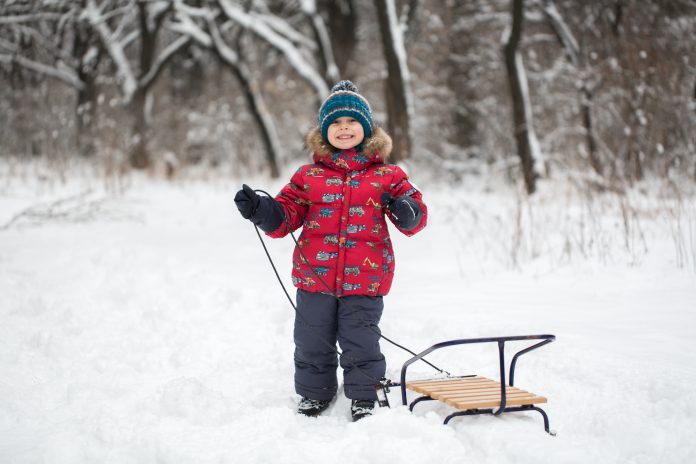Emergency Medical Services (EMS) would like to remind parents and children about a few toboggan/sledding safety tips as the winter season continues. Injuries may result from collisions with stationary objects on the hill, such as trees, poles, rocks, or even collisions with other people. Unprotected falls can also result in more serious injury if you lose control at high speeds. However, everyone can be safe and have fun on the toboggan hill by following these reminders.
Equipment
- Always ensure your toboggan, or sledding device, is in good repair. Inspect it for any damaged or missing parts before each use.
- Be certain the operator is fully capable of staying in control of the sled at all times.
- Wear a ski helmet, designed for use in cold weather and high speeds.
Hazards
- Avoid hills that are too steep or too icy.
- Choose hills free of all obstacles such as trees, rocks, utility poles, benches, or fences.
- Beware of loose scarves, or clothing containing drawstrings, which could present a strangulation hazard if they become caught or snagged.
- Look out for others. Move quickly to the side after finishing a run and stay to the side of the sliding path when walking up the hill.
- Children should be supervised by an adult; never toboggan alone.
- Tobogganing at night is not advised.
Plan Ahead
- Dress warmly in layers and anticipate weather changes.
- Consider bringing extra sets of gloves and toques to exchange wet garments for dry ones.
- Take breaks out of the cold to warm up.
- Attempt to cover any exposed skin.
- Even when properly protected from the elements, the fingertips, toes, ears, the tip of the nose, and other high points on the face, such as the forehead and cheek bones can be affected by frostbite.
- If frost bite has occurred, treat it by first removing the individual out of the cold environment. Gently warm the affected skin by placing a warm hand over it, or by placing the affected part in warm – not hot – water, until re-warmed.










